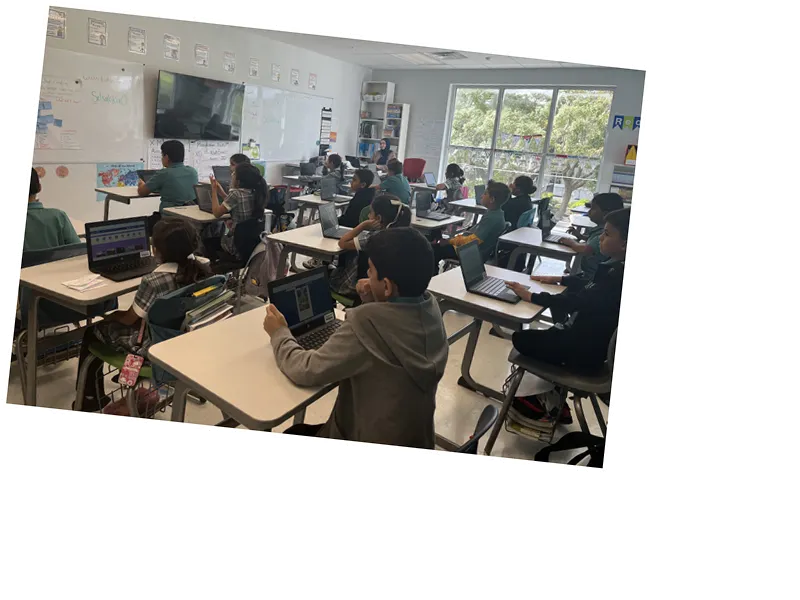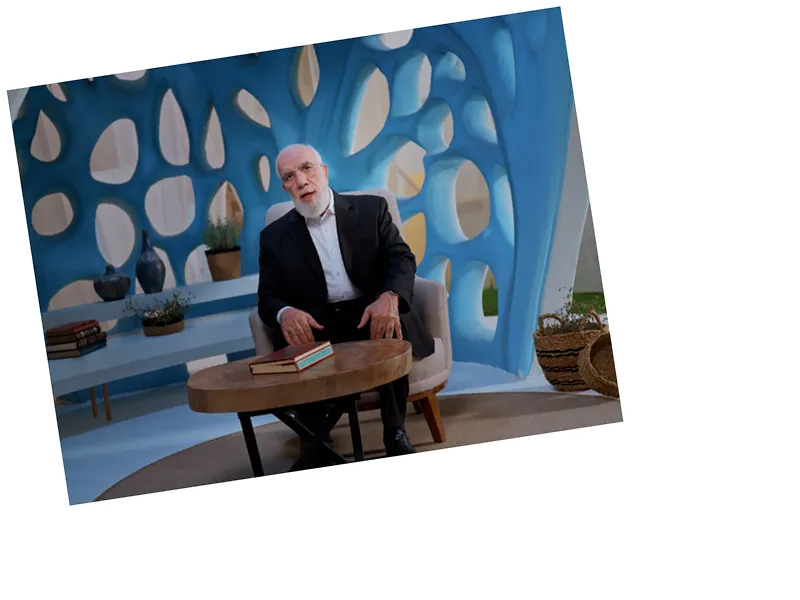Immigrants Choose Islamic Schools in America: Preserving Identity and Values
As immigrants from Arab and Muslim countries settle in the United States, many face the challenge of integrating into a new society while preserving their cultural and religious identity. One significant decision for these families is whether to enroll their children in Islamic schools, which offer a blend of academic education and religious teachings. The rise of Islamic schools in America began in the late 1960s following the Hart-Seller Immigration Act of 1965, which increased immigration from non-European countries.
The Role of Islamic Schools in Identity Preservation
Parents like Nahla Mohammed, who moved her daughter from a public school to an Islamic school in Michigan, cite concerns about bullying and the desire for a supportive environment that reinforces Islamic values. These schools not only provide religious education but also create a safe space for children to express their identities without fear of discrimination. This sentiment is echoed by Tariq A., who relocated from California to Florida to ensure his children grow up in an environment that aligns with their Islamic beliefs.
AYA School: A Model for Islamic Education
One notable institution is the American Youth Academy (AYA) in Florida, one of the oldest Islamic schools in the U.S., founded in 1992. With a curriculum that meets American educational standards while incorporating Islamic teachings, AYA serves over 1,200 students. The school focuses on character building and community service, offering programs in STEM, sports, and the arts, while also emphasizing the importance of understanding and discussing sensitive topics in a manner consistent with Islamic values.
Bridging Cultures and Education
Despite concerns over exposure to extremist views, AYA School fosters dialogue about Islam and its teachings. The school's leadership emphasizes the importance of integrating American educational standards with Islamic curricula, preparing students for a diverse society. Students like Youssef Al-Hamzawi and Lian Al-Rousan illustrate the success of this model, excelling academically and participating in extracurricular activities while proudly embracing their identities as Muslim Americans.
Conclusion: A Growing Community
With an estimated 270-300 Islamic schools in the U.S., these institutions play a vital role in the lives of Muslim families, providing a blend of education that respects both their cultural heritage and the American context. As the Muslim community continues to grow, the demand for such educational environments will likely increase, helping future generations navigate their identities in a multicultural society.





